10-21 Police Phone Monetization
10-21 Police Phone was a free product with widespread usage in public safety. Here's how we took one of our most popular products and added revenue generation while enhancing it's efficiency and usability
10-21 Police Phone was a free product with widespread usage in public safety. Here's how we took one of our most popular products and added revenue generation while enhancing it's efficiency and usability
Problem: How can we monetize and update our most popular app that has been free, and mostly unchanged for almost a decade?
Implement freemium model to add revenue, address answer rate issues resulting from oversaturation of spam calls
10/19-02/20
User Research, Experience Design, Interface Design, Brand Identity
Police officers and other public safety professionals are almost never given a “company” or “department” phone to use while on duty. This causes a few different problems for the people that make up our user base. If you call a citizen from a blocked number, they are unlikely to answer. As robo/spam calls become more of a problem, so does the likelihood you will get sent to voicemail when blocking your number. If you do not block your number, you are more likely to be answered. However, the trade off is that the community member now has your contact information. This is a pain for public safety workers, and protecting their privacy is a big concern. 10-21 Police Phone tackles those issues by allowing public safety professionals to call citizens from a real number that is not their own. This maintains their privacy while minimizing the phone tag that results from using a blocked number. It also allows users to automatically manage incoming calls. Community members who return the user’s call are given the option to request a call back or be forwarded to an after hours number for immediate assistance.
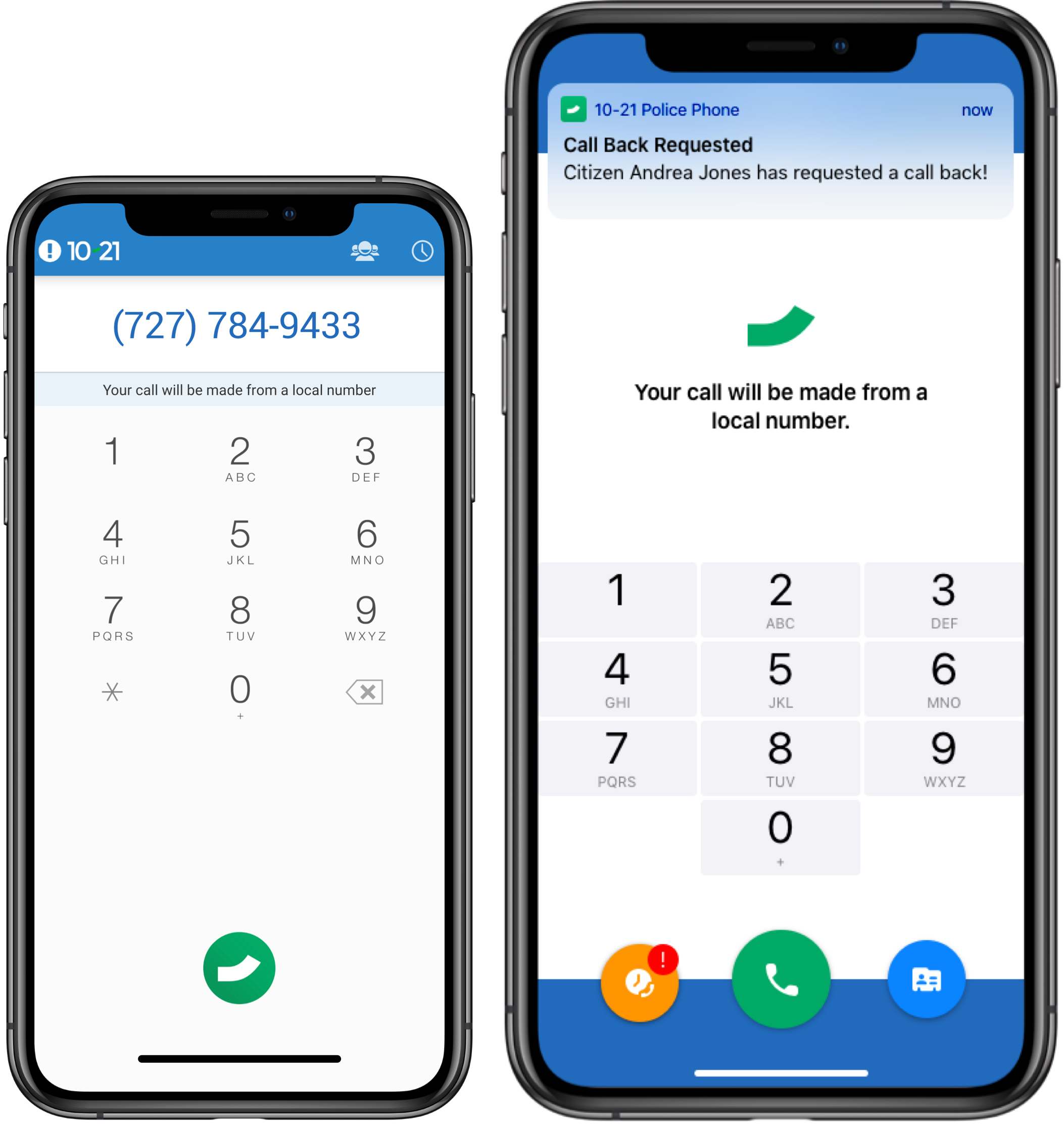
Before & After User Interface Redesign
10-21 Police Phone was built quickly, and without any formal UX considerations or designer input. While the app was functional and widely used in the industry, there were a few problems:
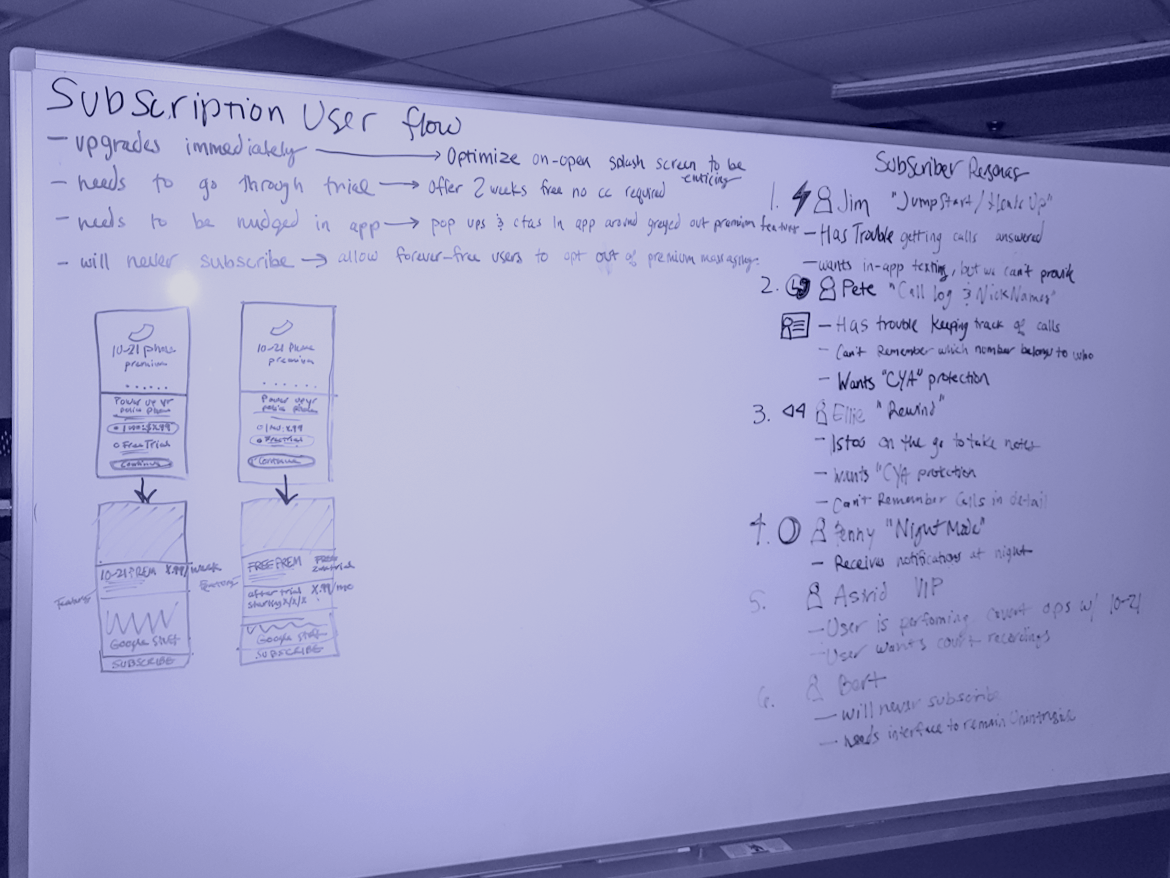
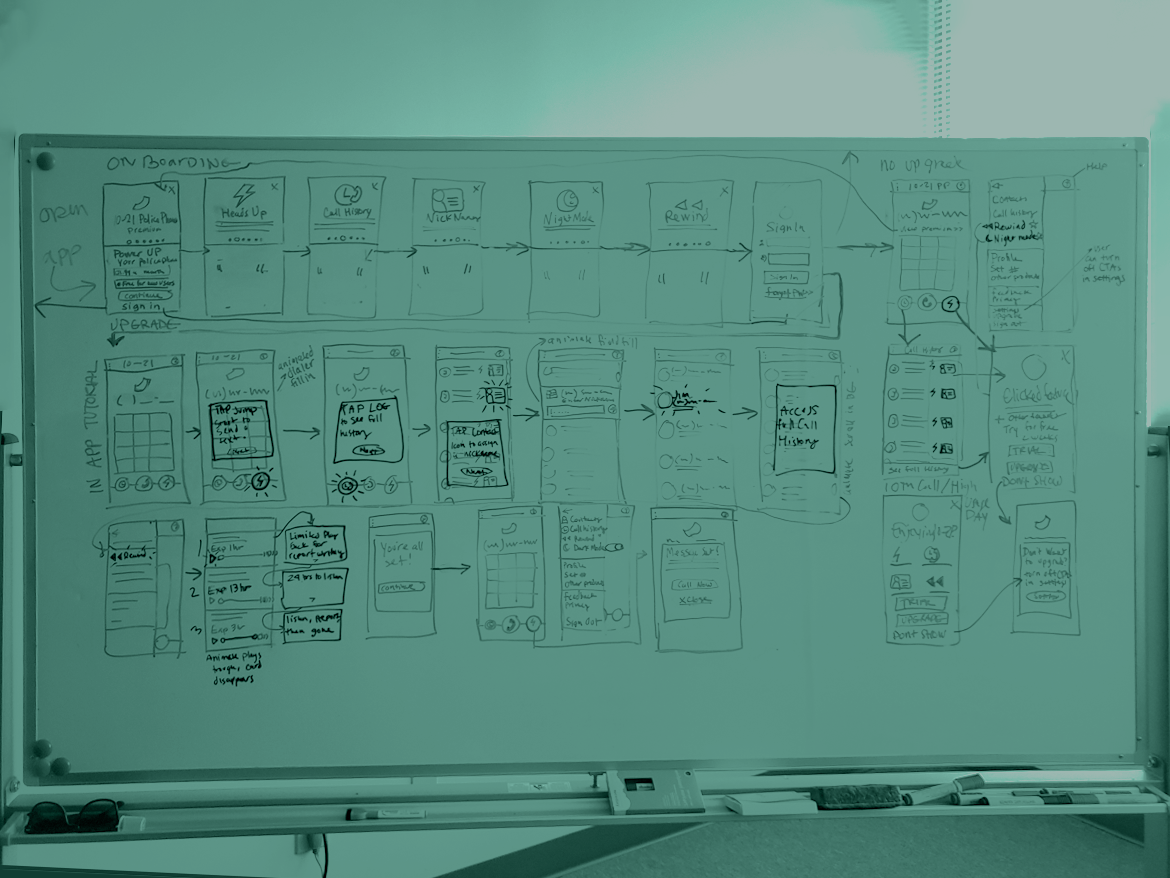
Our goal was to add thoughtful features that would increase a users' likelihood of being answered on the first try or called back quickly. We also wanted to explore other ways to generally improve the overall experience of using the app.
This rough sketch of potential subscribers attempted to outline motives for users to upgrade to premium. These personas also outlined early feature additions and possible names/symbols for each feature idea. Initial feature ideas of note included the following:
Automated text message that identifies the user's call as being from a Police Officer. This user is having trouble getting answered, and it is causing them to distrust the app. Their main frustration is incessant phone tag that wastes their time and makes their job harder. Many of these users (from prior research) recognize that the people they are calling don’t answer phone calls from unknown numbers, or check their voice mail.
We hypothesized that we could greatly increase the rate of calls being returned with a feature that would identify any phone call that goes to voicemail with an automated text message that tells the community member an officer is trying to reach them.
Enhancing the call records section of the app to help users organize their calls. This user has trouble keeping track of who they have called and when. It’s difficult to remember which number belongs to the person they need to call, and they have to search through their notes or contacts to figure out which number belongs to which community member. In addition, they may want some record of who they called in order to protect themselves in the event of a false complaint being filed against them.
We wanted to explore the potential benefits of adding any or all of the following feature possibilities: the ability to nickname numbers in the user’s call log, expanding a user’s call log to include all calls from the date of subscription (free users cut off at 10 call records), and/or tapping into any available caller ID data and displaying it when appropriate.
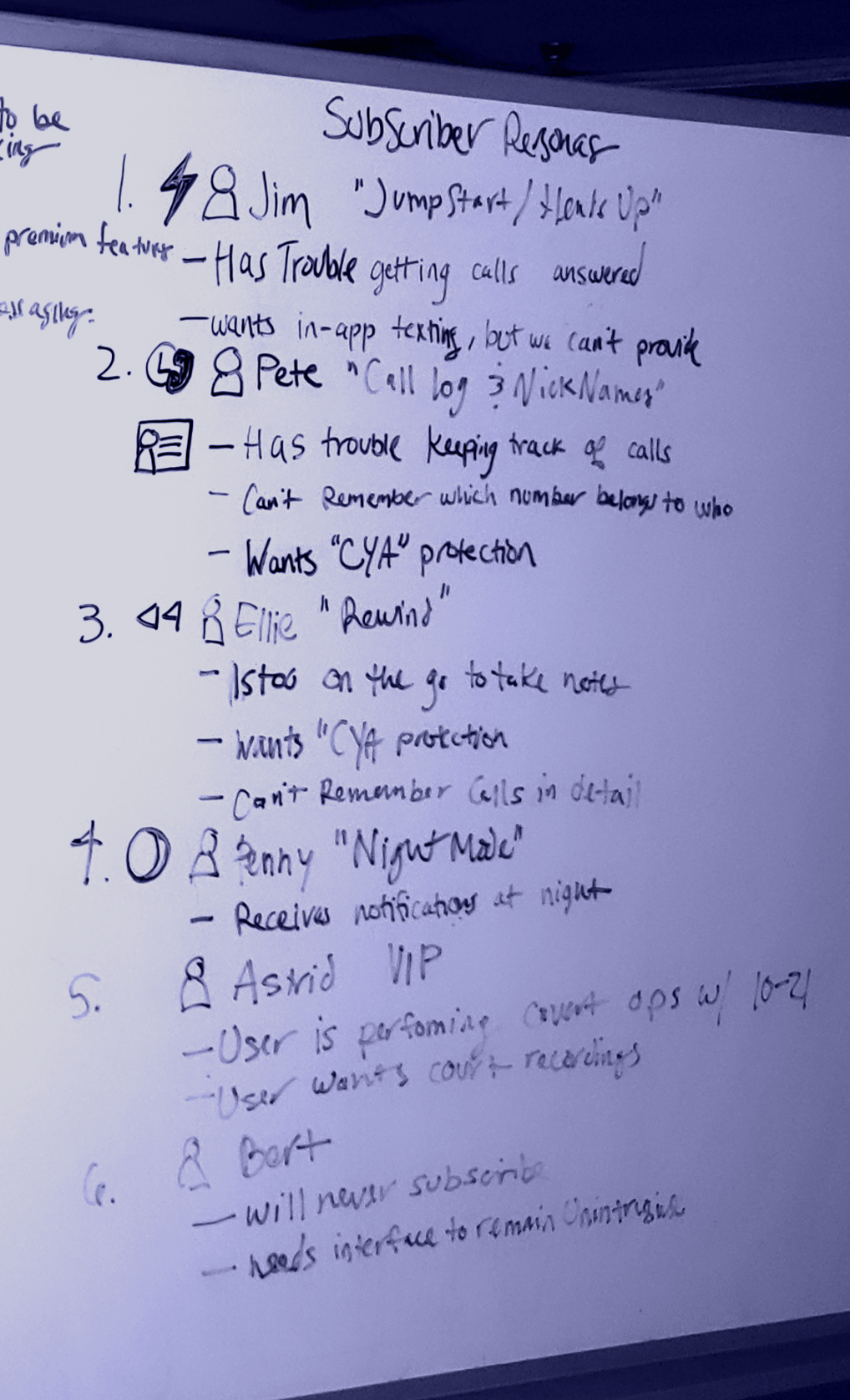
Other personas included users who were misusing the product and should be sent over to the sales team as potential leads for one of our paid investigative products, users who may want the ability to take notes on calls, and users who will never upgrade.
If your call gets declined or goes to voicemail, Follow Up will send a text that identifies you as law enforcement, giving citizens an easy way to request a call back.
See who is calling you before you pick up! If your citizen’s caller ID data is available, it will display when the call comes in.
10-21 Police Phone Premium gives you access to your full call history from date of upgrade. Look back through your entire call log to verify contact with citizens or access numbers you would have lost.
Prevent citizens from assuming your call is spam with Law Enforcement Caller ID. Officers also have the option to turn ID off or on as they see fit.
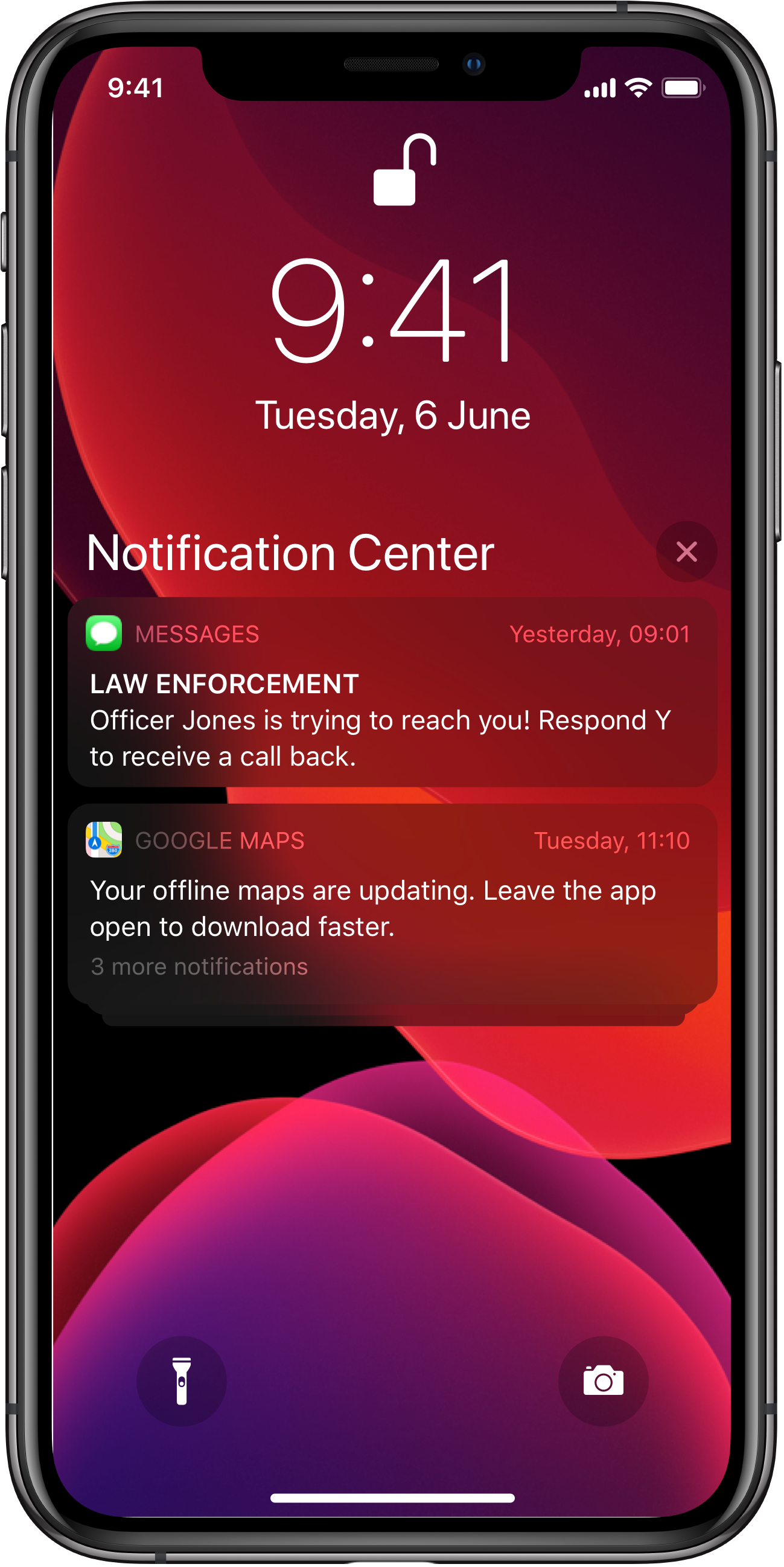
After carefully evaluating responses to the survey, we settled on four features to offer in a premium subscription and designed our onboarding process. We successfully evaluated user survey input to determine successful new features for 10-21 Police Phone. New features have increased answer rates in the app 2.3x, and resulted in 2000 subscribers since February.
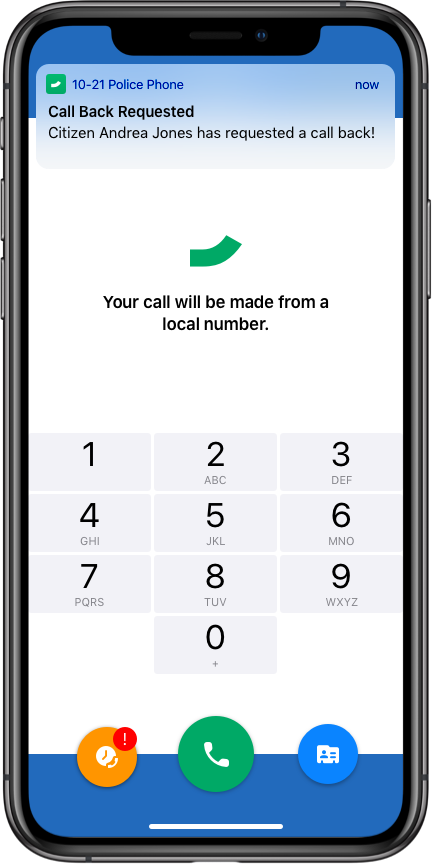
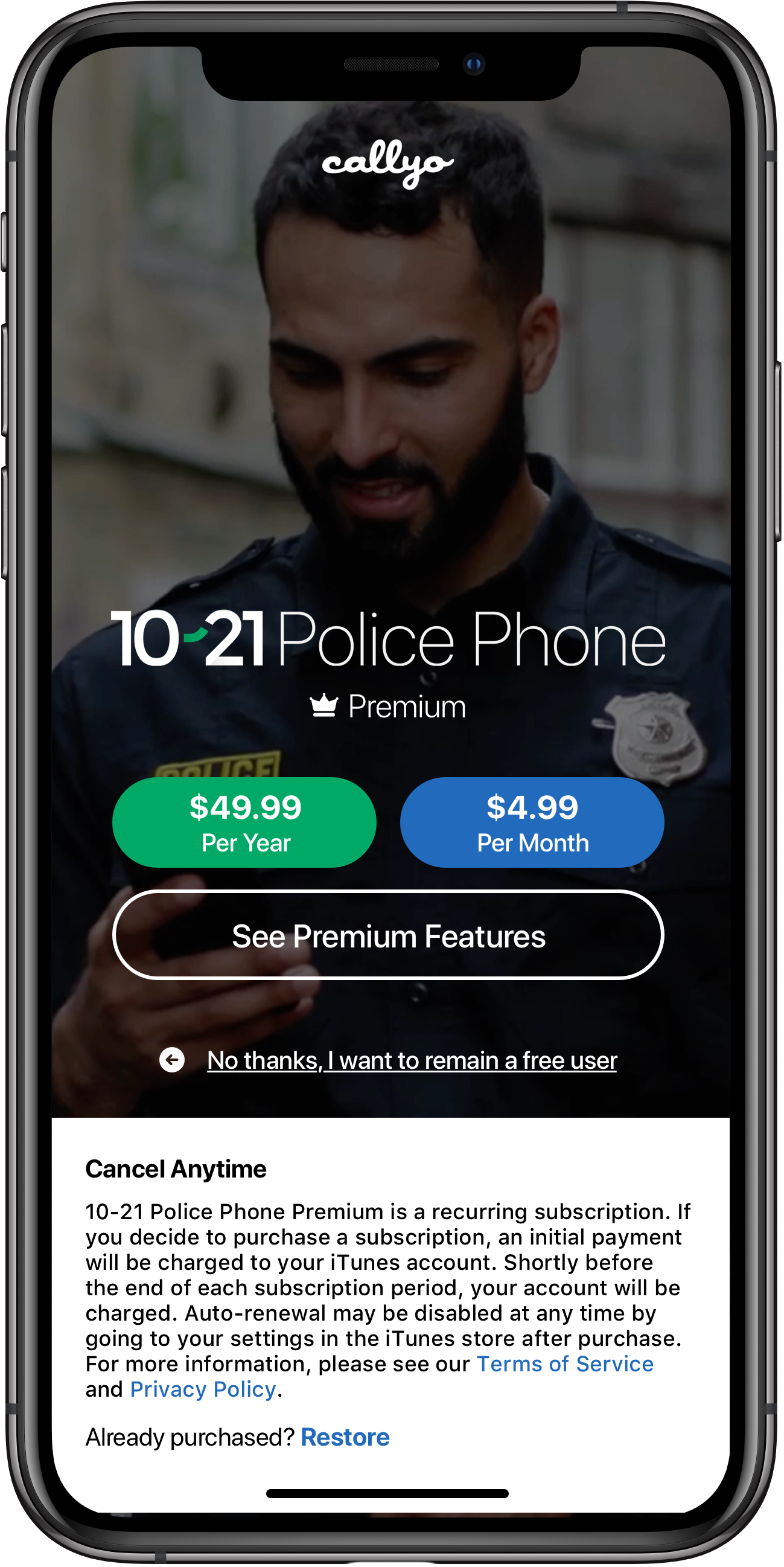

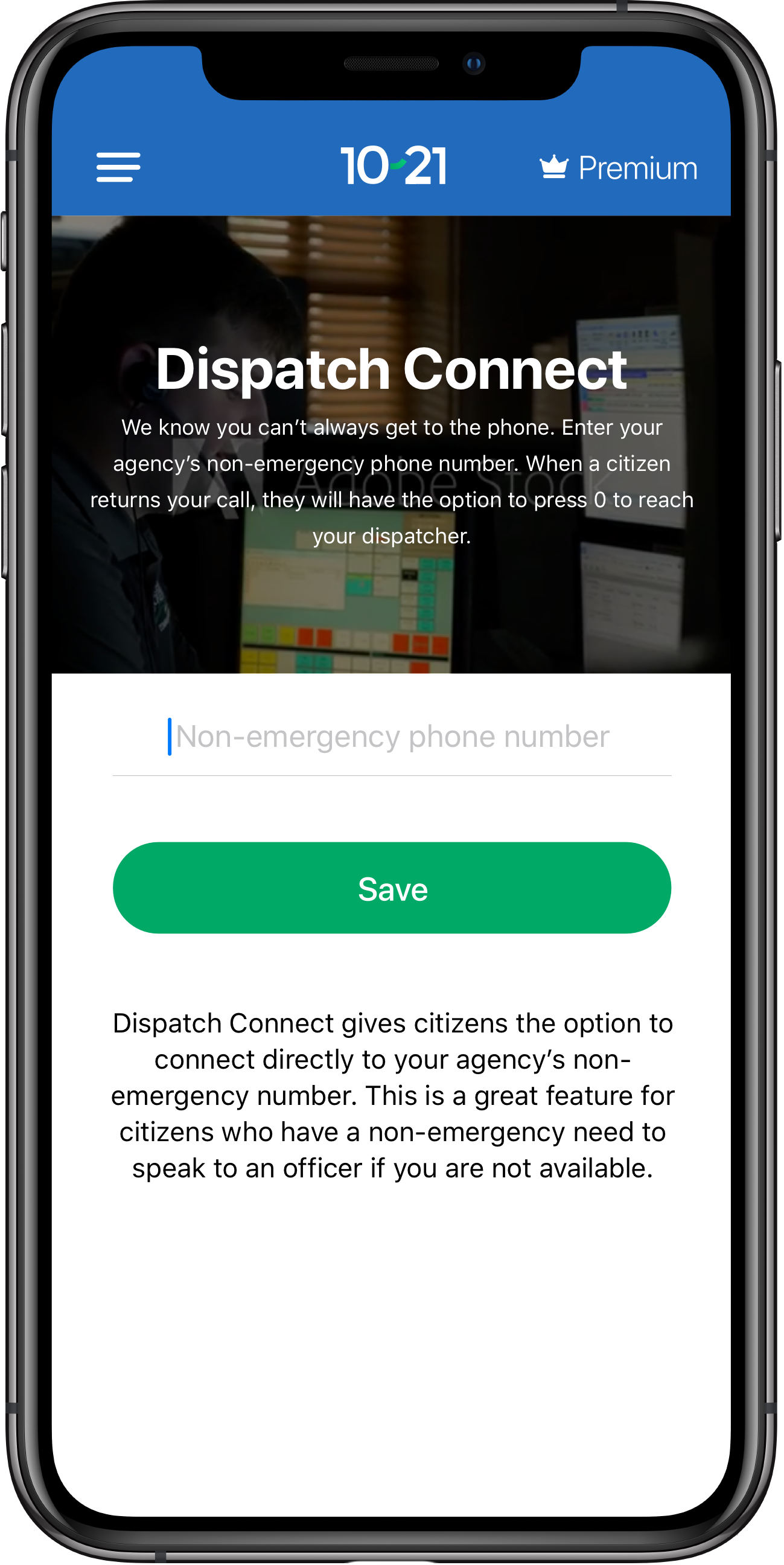
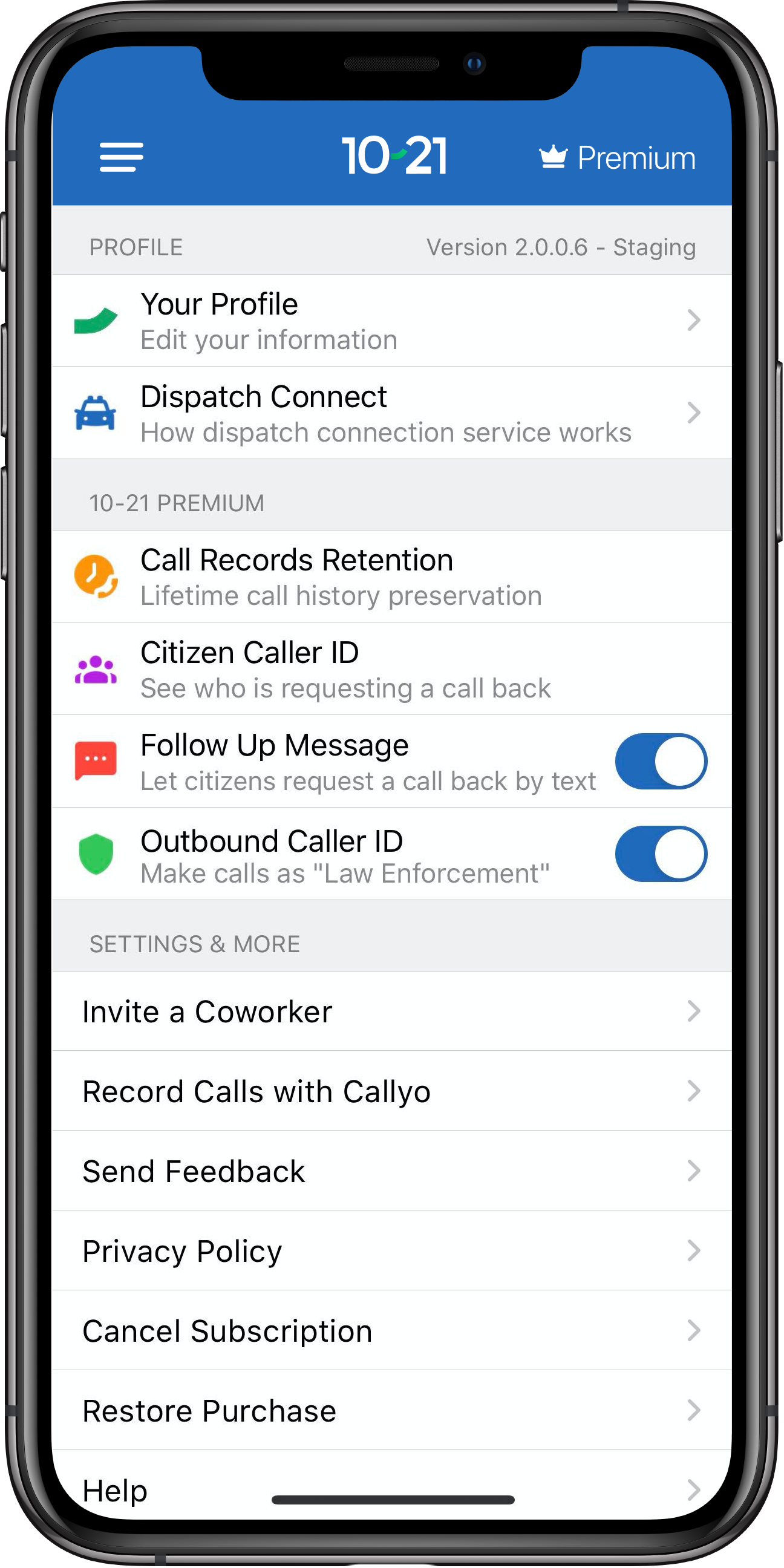
Currently we are in the process of evaluating user satisfaction/feature improvements to address a churn rate that is slightly higher than we like. Next steps include a “before you go” survey for cancelling subscribers, a survey for paid users evaluating the usefulness of implemented premium features, and a more robust contacts section.